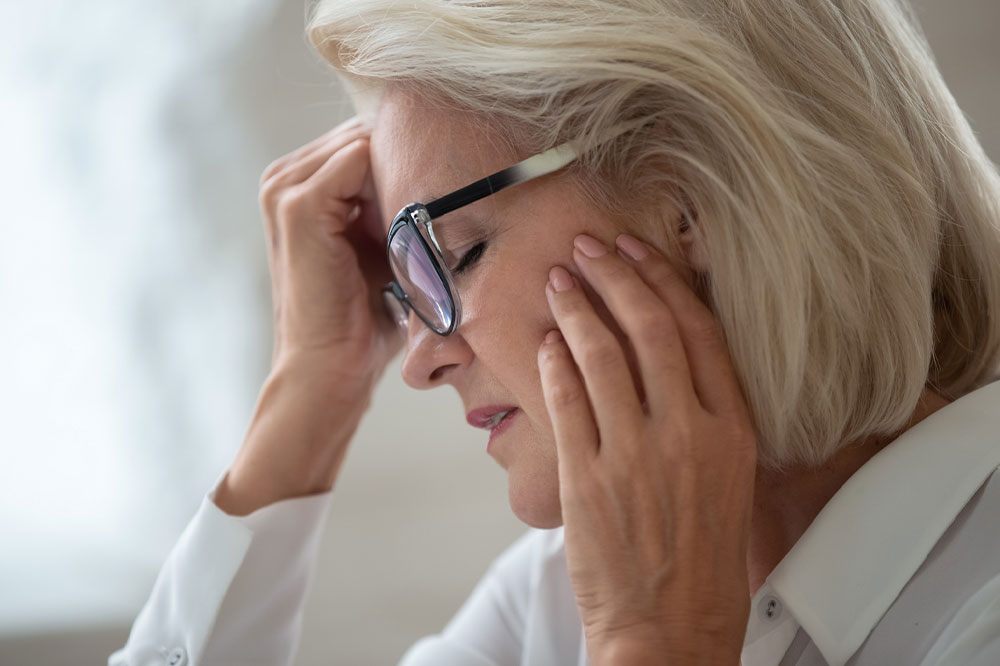
6 Physical Symptoms of Depression
Depression is a mental illness that can affect anyone regardless of age, sex, race, or ethnicity. While some symptoms like sadness, despair, and anxiety affect the mind, others are physical. Thankfully, depression can be managed and cured through holistic treatments, including therapy, medication, and specific lifestyle changes. This article briefly discusses the most prevalent physical symptoms of the condition. Those showing one or more of these signs should visit a doctor for guidance.
1. Fatigue
Feeling tired and exhausted and not wanting to do anything all day could be a sign of depression. While most individuals sometimes just want to stay in bed and rest, those with depression long for this break most of the time. It can also cause them to be easily irritated or lose concentration.
2. Lower pain threshold
According to some research studies, there is a connection between depression and pain. Those suffering from depression have a decreased tolerance for pain. While there is still no conclusive study to suggest the cause and effect equation between the two, antidepressants help combat pain, which, in turn, helps in dealing with depression.
3. Headaches
Headaches can be a symptom of several illnesses, such as migraines, allergies, and excessive use of certain medications. However, it also affects those with depression. It is observed that people with depression suffer from frequent mild throbbing headaches around the eyebrows. Some call them tension headaches.
4. Irregular digestion
Particular research findings suggest that constant anxiety, sadness, or even being overwhelmed can affect a person’s gut health. Along with other symptoms, if one also experiences constipation, diarrhea, or stomach pain, it could be a physical symptom of depression.
5. Back pain
A 2017 study done by researchers in Canada found a strong link between back pains and depression. While back pains usually occur due to bad posture or injuries, emotions can also lead to chronic aches and pains in different body parts. This is because of the relation between depression and the body’s inflammatory response to it.
6. Decreasing vision
While this may seem unrelated, studies have shown that depression and vision have a correlation. In a 2010 research conducted by professors in Germany, participants with depression could not distinguish between black and white colors. While this may seem unrealistic, it is called a contrast perception. It suggests why people with depressive episodes see the world as dull.
Being a taboo subject, people often disregard mental health, and its symptoms are struck off as imaginative or absurd. But it is crucial to understand that mental health illnesses cause people trauma, and they need a sensitive approach by those around them. A holistic treatment plan, including therapy and prescribed medication, can go a long way in beating the illness.


